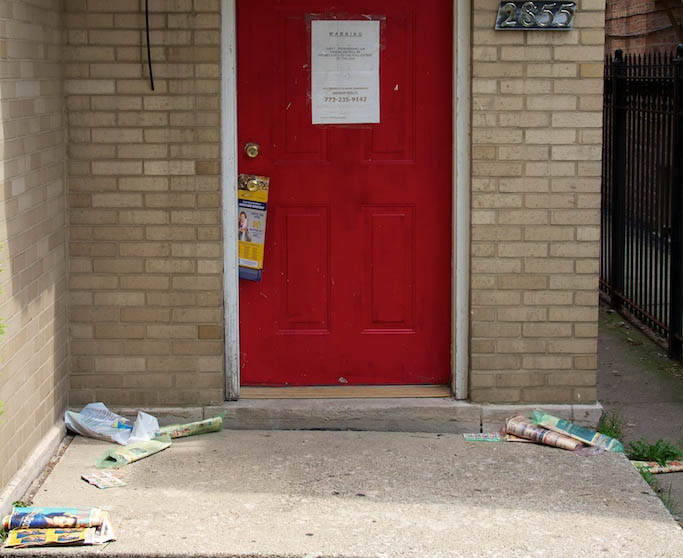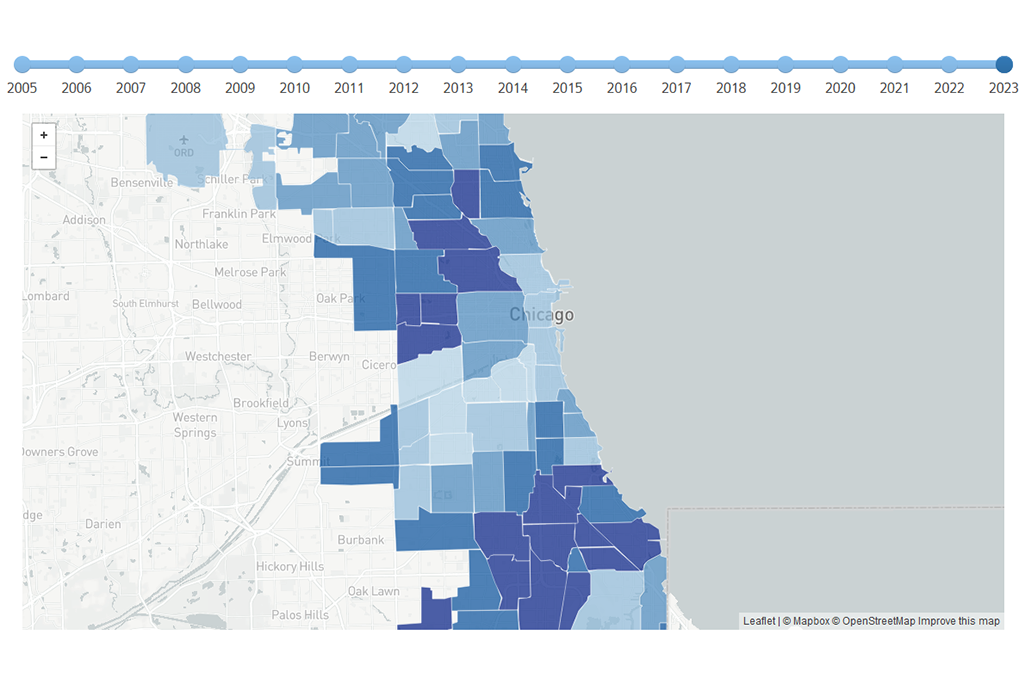Few factors are as indicative of the strength or weakness of a neighborhood housing market as the level of long-term residential vacancy. And yet, reliable and easy-to-interpret data on residential vacancy are hard to collect and even harder to find. One reason for this is because collecting vacancy data requires constant, on-the-ground, property-by-property monitoring, an effort often too expensive for local governments to undertake. One federal agency, the United States Postal Service (USPS), already performs this monitoring and collects data on vacant addresses.
Seeing an opportunity to provide policymakers and researchers with a valuable way to measure neighborhood change, the Department of Housing and Urban Development (HUD) began partnering with the USPS in 2005 to provide vacancy data to interested organizations. Using the census tract-level data released by HUD, researchers and analysts can monitor trends in housing occupancy. To do this effectively it is important to understand how the USPS categorizes this data for its own use.
Because of its administrative origin, there are a few important things to remember when working with this vacancy data set. These data are collected by USPS to facilitate efficient mail delivery. While occupancy status is recorded, USPS does not capture any information about the nature of the vacancy or the address itself, other than whether it is a residential or business address. To the USPS, the address is either occupied and requires mail service or is vacant and does not.
Many of the data IHS uses to create housing market indicators are based on administrative data created by other agencies for their own record keeping. IHS analyzes these data and extracts information that is useful in describing and comparing local housing markets. This is how IHS’s mortgage, foreclosure filing, foreclosure auction, and transaction indicators are created.
The subsets of vacancy data available on the IHS Data Portal
IHS has provided two subsets of residential vacancy data on the IHS Housing Market Indicators Data Portal – one which includes addresses that the USPS categorizes as “no-stat” in the share of vacant addresses and one that does not. Users are able to choose the measure of vacant addresses most applicable to their needs.
To understand how to interpret “no-stat” addresses, it is helpful to think about how the federal government measures unemployment. The unemployment rate measures the number of individuals actively looking for work and excludes those who have left the labor force entirely. Similarly, USPS vacancy data measures vacant properties “looking for occupants” and excludes properties that have left or have yet to enter the pool of available units – properties under construction, demolished, severely dilapidated, etc. These properties, unlikely to be occupied and require mail service in the near future, are aggregated as ‘no-stat’.
There are other aspects of the data that can complicate interpretation, such as the categorization of addresses where mail is forwarded to a P.O. box as no-stat. HUD recommends using local knowledge to inform the decision to include or exclude no-stat addresses when using vacancy as an indicator of neighborhood distress or strength.
As an indicator of the relative health of a neighborhood housing market, IHS researchers are interested in this data as a proxy for abandonment and distress. As such, the inclusion of no-stat addresses may be meaningful in describing a more accurate picture of vacancy and blight. Properties vacant three to nine months, for example, may simply be showing a seasonal pattern or a one-time, short-term vacancy and may not demonstrate a real symptom of market distress. IHS, in limiting the data available on the Data Portal to only the share of properties vacant more than 24 months, focuses on units showing real potential for distress. Mapping the share of homes vacant two years or longer reveals a pattern of distress that matches recognized patterns of distress related to foreclosure, low-value transactions, and other indicators IHS monitors.
This rolling measure of long-term vacant addresses is what makes this data set valuable as part of the indicators available on the IHS Data Portal. Updated quarterly back to 2010, this metric provides a timely measure of potential distress and how it is changing over time.
To see further discussion of vacancy patterns in Cook County, including maps and exploration of policy responses, see IHS’s three-part blog series on vacancy: Understanding vacancy: Patterns of long-term vacancy in Cook County; Addressing long-term vacancy: One policy approach; and Addressing long-term vacancy: The Cook County Land Bank Authority. You can also see IHS vacancy data used in this Crain's examination of abandon homes in Cook County and various policy responses.
(May 2014 Update: This post mentions a dataset no long available on the IHS Housing Market Indicators Data Portal. In previous years IHS has provided a separate data set on long-term vacancy that includes “no-stat” addresses. Significant fluctuations on a quarterly basis of “no-stat” addresses have been linked to newly created PO boxes, which obscure the application of the data. In 2014, as part of IHS’s 2013 data update this data set was removed.)
To be notified about new blog posts and to give us feedback, follow us on Twitter, like us on Facebook, or join our LinkedIn Group.






